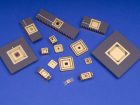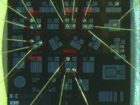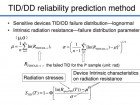Talk summary: Electronics systems designed for applications in high radiation environments, such as space missions, high energy accelerators and avionics, are subject to a radiation qualification process at component level which is often time consuming and expensive.
The new CERN High energy AcceleRator Mixed Field facility (CHARM) allows to test several single components, as well as more complex devices, at different locations, characterized by particle spectra representative of the high- and low-altitude atmospheric, particle accelerator and ground environments.
Single Events and TID effects are evaluated through the energy deposition in a certain Sensitive Volume in a broad range of energies (meV to GeV), not often available in other test facilities. COTS components and full systems designed for cryogenics, power converters, radiation monitoring and Nanosatellite applications were successfully tested in a mixed field dominated by Highly Energetic Hadrons.
This radiation qualification process proved to be effective in terms of budget, facility access and time constraints.
Component and System Testing at the CHARM Mixed-Field Facility – CERN
The CERN high-energy accelerator environment
- Strong radiation fields generated through:
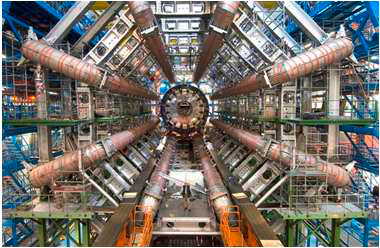
• Proton-proton collisions in the interaction points
• Interaction between the proton beam and collimator-like objects
• Beam-gas interactions - Radiation Effects on Components and Systems: (TID) effect, Displacement Damage (DD), Single Event Effects (SEEs)
- Radiation Environment simulated using the FLUKA Monte Carlo code.
- Strong contribution of High Energy Hadrons and thermal neutrons to the SEE rate.
Radiation testing at CERN
- Typical systems: cryogenics, power converters, vacuum, RF, magnet quench protection…
- Extensive use of COTS components due to:
• Availability: highly distributed systems replicated 1000+ times
• Low cost
• High (electrical) performance
Strong Radiation Testing Effort
The CHARM Irradiation Area I
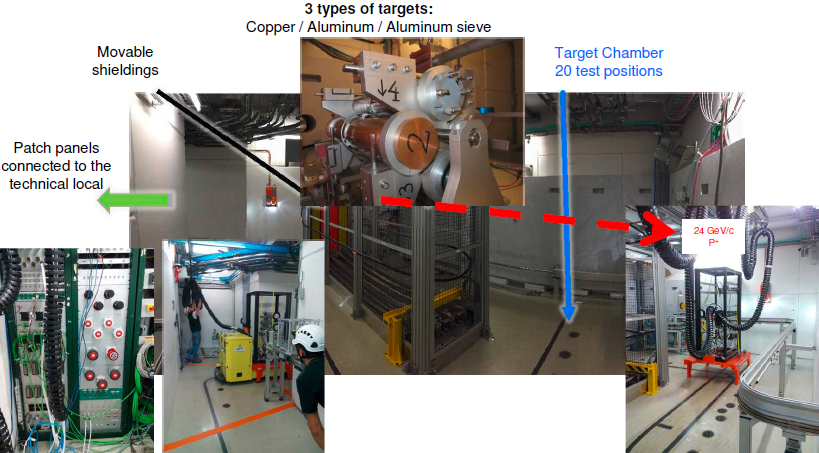
The CHARM Irradiation Area II
- Receives a 24 GeV proton beam from the PS
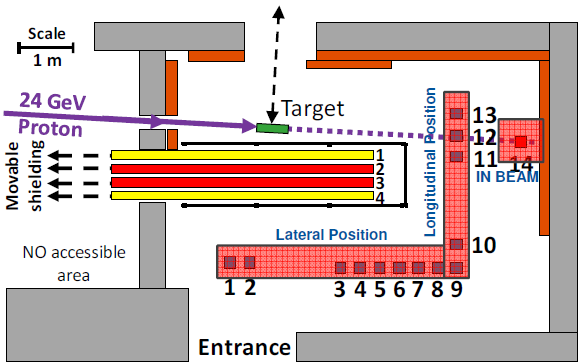
- Generates a mixed-field through the interaction with a metallic target
- Different targets, shielding configurations and locations yield a variety of possible environments
- The Spectra and Intensity of the secondary field depends on the position
- Energy deposition over a Sensitive Volume
The CHARM Radiation Environment
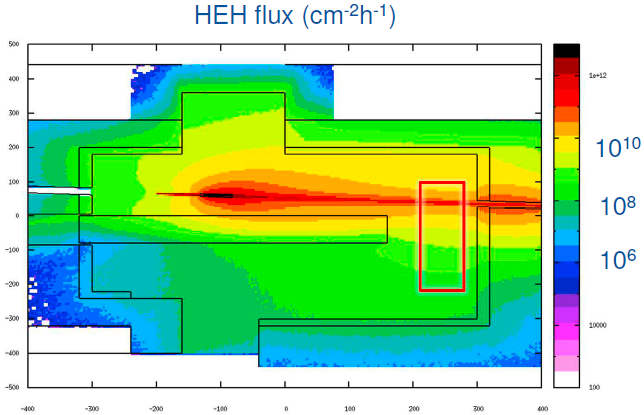
In the downstream locations (10-13)
HEH fluxes of ~1010 cm-2h-1 (roughly one year in the LHC tunnel) can be reached in one hour.
Download or read the full report here
- Inmunidad conducida - 20th mayo 2019
- Ensayos de Transitorios eléctricos - 2nd mayo 2019
- Ensayo Campo de RF radiado - 2nd mayo 2019

